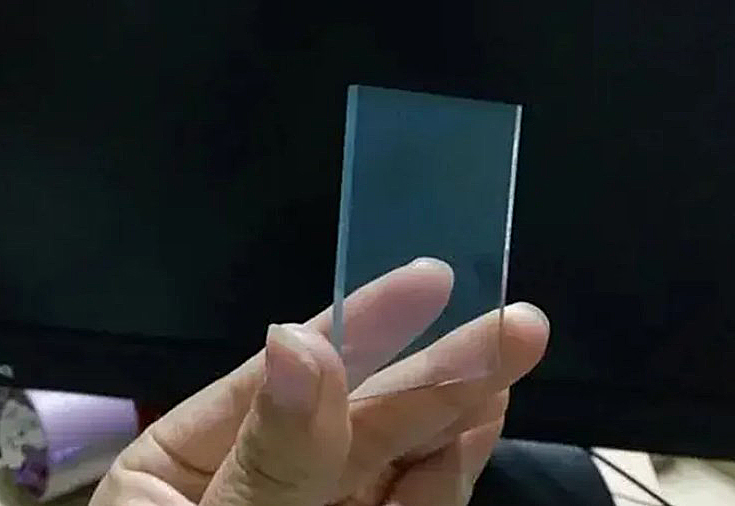Introduction
One of SAM’s long-term clients—a major display panel manufacturer—was experiencing frequent production disruptions. The culprit: cracking and uneven wear in their ITO sputtering targets, used in the thin-film deposition process for smartphone and tablet displays.
After reviewing the setup, SAM proposed switching to denser, more uniform ITO targets. That small change led to significant gains in coating consistency and throughput.
Background
ITO (Indium Tin Oxide) is a transparent conductive oxide commonly used as a base electrode in LCD and OLED displays. The customer’s process relied on:
- RF sputtering
- Large-format glass substrates (8.5-gen)
- High uniformity coating requirements (±3% or better)
- Cleanroom compliance with minimal particle generation

Despite the ITO’s suitability in theory, their sputtering runs were interrupted by target cracking, arcing, and uneven erosion. Surface defects showed up in final panels, sometimes visible to the eye—especially near corners and edges.
The Problem
The targets being used weren’t holding up well under load. Issues included:
- Internal cracks from thermal stress
- Inconsistent sputtering rates across the target surface
- Dust and flakes from the target face causing coating defects
- Premature replacement due to poor utilization
Each failure caused downtime and wasted substrate glass. The team needed a more stable target to meet their production goals.
What Changed
SAM delivered ITO targets with a tighter grain structure and higher relative density (≥7.1 g/cm³). These were produced using hot isostatic pressing and machined to exact specs.
Rather than focusing just on purity, SAM worked on microstructural improvements to reduce stress during sputtering and produce a cleaner, flatter erosion profile.
Before and After
| Aspect | Old Targets | SAM’s Targets |
|---|---|---|
| Density | ~6.8 g/cm³ | ≥7.1 g/cm³ |
| Erosion Pattern | Irregular | Stable, even |
| Film Uniformity | ±5–7% | <±3% |
| Cracking Incidents | Frequent | None observed after 30+ runs |
| Utilization Rate | ~70% | >90% |
What the Customer Saw
Within the first two weeks:
- Edge defects disappeared
- Chamber cleaning cycles were cut in half
- Line throughput increased due to fewer resets
- Operators no longer needed to monitor for early-stage cracking
Later analysis showed an extended usable life per target, reducing changeout frequency and inventory cost.
Next Steps
Following the upgrade, the customer began exploring:
- Alternative geometries for higher deposition angles
- Use of similar target technology for IGZO and AZO layers
- Automation of wear tracking using SAM’s erosion mapping service
Summary
This wasn’t about inventing something new—it was about refining what already existed. By using higher-density ITO targets with a cleaner microstructure, SAM helped reduce process failures and improve output consistency.
For manufacturers working with large glass formats and tight tolerances, the right material processing makes all the difference. That’s where small upgrades can lead to big improvements. Contact us today if you need sputtering targets for your project.




